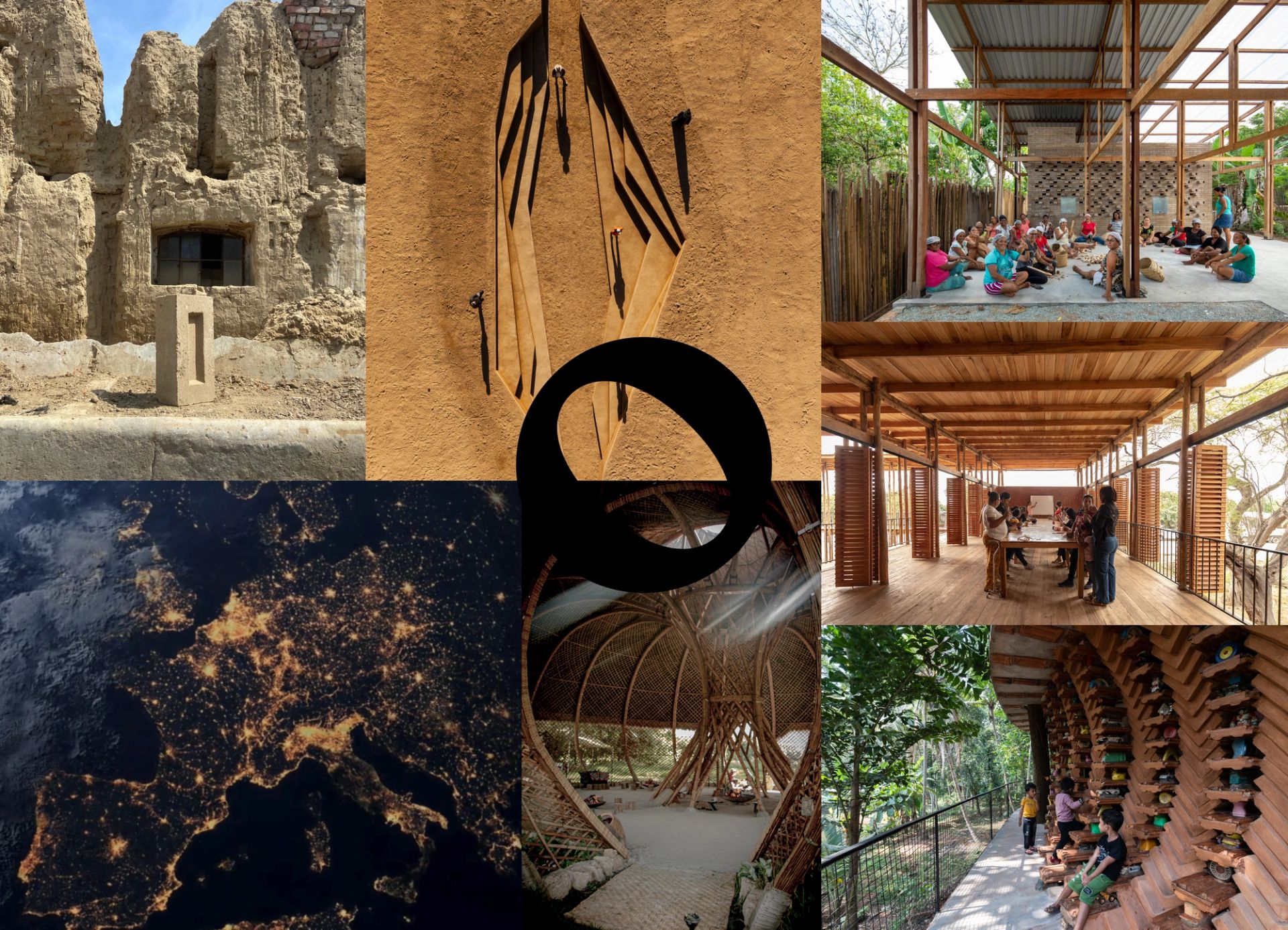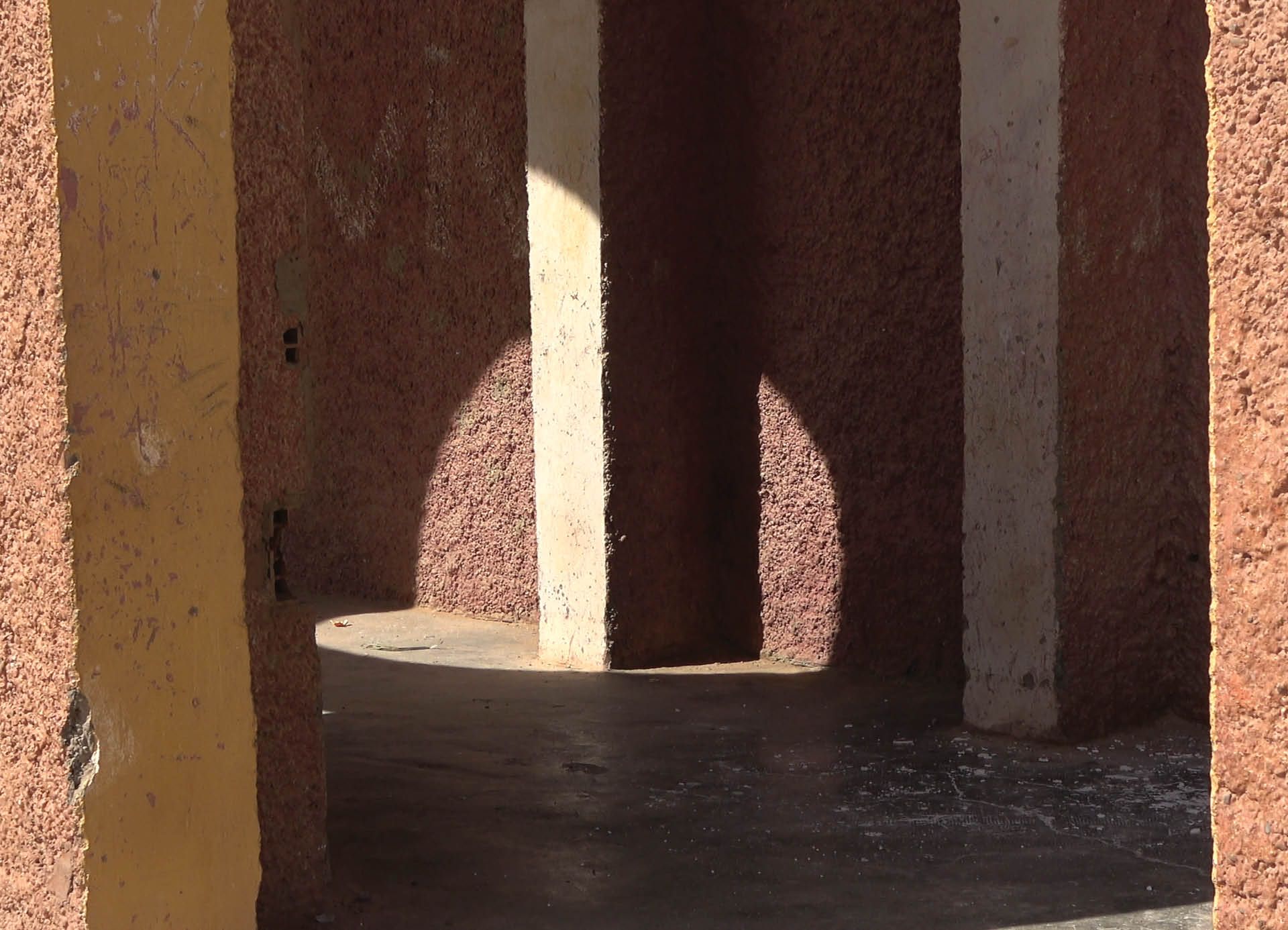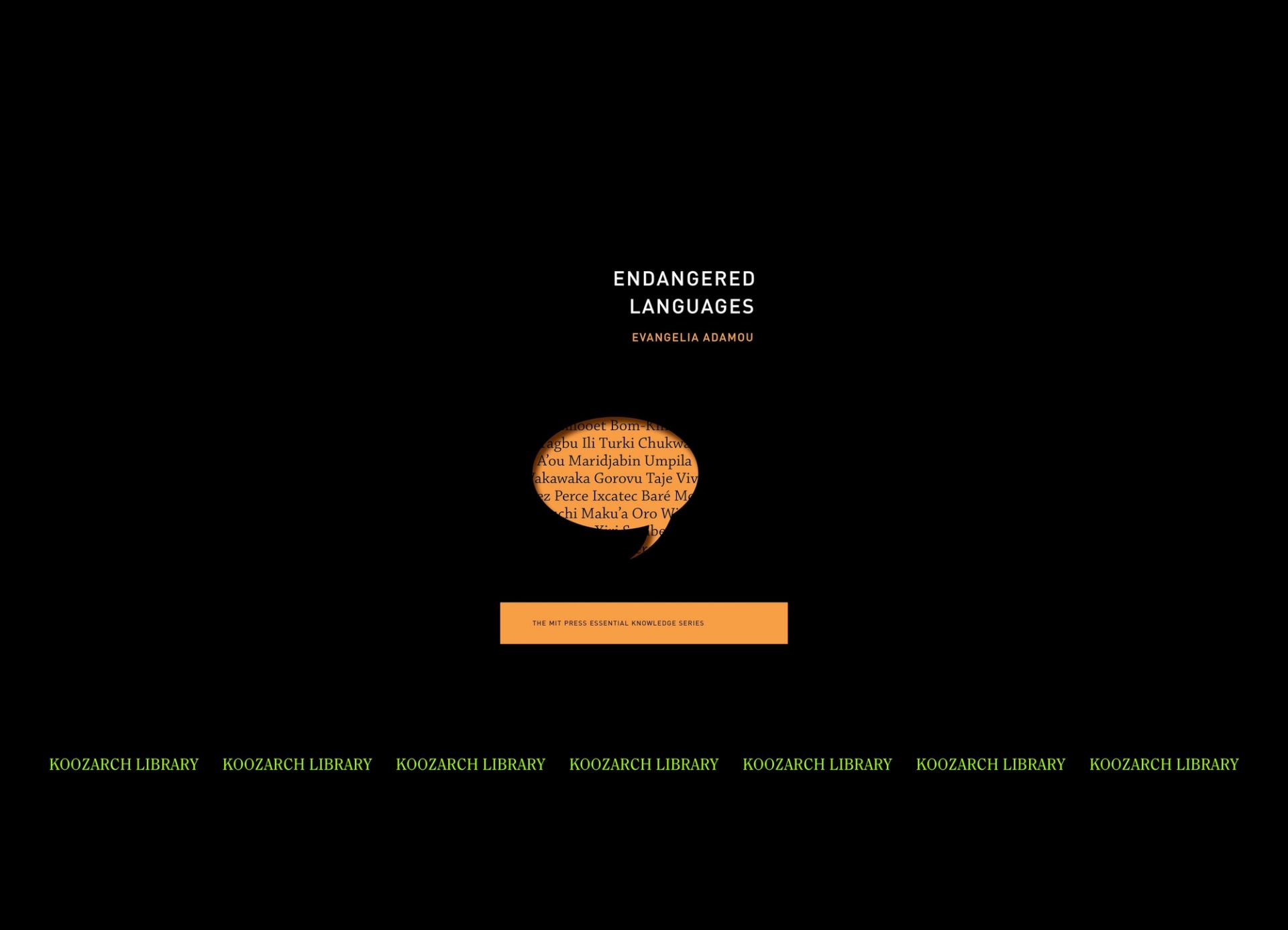In the present cloud structure, users’ personal data gets stored under control of tech companies and they exploit the data by using it for targeted ads as they gain ever increasing access to personal content by sharing data with the State. A parallel pattern is present in the handling of genome data where the 3rd parties are genetic testing companies or hospitals that benefit from sharing personal data with pharmaceutic and health insurance companies.
"The Personal Data Initiative" is imagined as a middle agent that governs the handling of personal data by 3rd parties and undertakes the storage of data in its data centers. The users gain agency over their own data as the initiative offers the benefits enjoyed by the private entities back to the users. Most data centers in the built environment reject any sense of publicness and serve as hubs of pure functionality where architecture acts as an element of protection and marketing for investors with features of sustainability and aesthetics. The proposal appropriates some of these strategies to produce sensual effects and layers of revelation.
The personal data council sits at the heart of the complex, where the elected delegates govern the handling of personal data in the digital sphere and fight private and public entities over policies. The data centers, genome lab, personal data services and the auditorium are located around the council and are housed in the aggregation of a rudimentary form. Over most of the site, the rudimentary form is submerged, revealing its content through elementary formal maneuvers or it gets manipulated to house specific public functions.
Far Rockaway Beach in Queens is selected as a testing ground for the strategy to be applied. Other than being one of the handful of locations for submarine cable landing from Europe, it also provides the grounds to challenge the conventional hierarchies of the data center typology. It sets opportunities for unprecedented public adjacencies and offers an isolated urban moment where the sensual byproducts of the data infrastructure take an expressive tone and communicate the material reality of the seemingly ethereal digital data, which is under control of an entity, in a real, physical place.
The project was developed at the Syracuse University.

KOOZ What prompted the project?
UCG Unlike real clouds, the digital cloud is not in the sky. It lives in the thousands of data centers dispersed around the world and its content incessantly travels in the form of light, through a global network of fiber-optic cables.
As I started to develop an interest in the physical manifestations of the internet infrastructure, I figured that the data center is a very complex and important type of building which has a significant social and political role as well as a crucial functional role in our society. Despite the data center’s omnipresence in the built environment and its ever-increasing cultural significance, what a data center is and what it does for us remains as a mystery for most people. The increasing interest in the typology in academia and practice usually fails to recognize the critical social significance of data centers as the proposals and research are dominantly focused on the environmental impacts of the internet infrastructure. The personal side of the internet becomes a critical question and a responsibility for the architectural designers to consider. Even though the data centers are privately owned, the data flowing through the tubes of the internet belong to individuals and perhaps should in some cases belong to the public. This project is interested in rendering the seemingly ethereal digital personal data as a physical, sensible, and ultimately possessed entity through the architecture of a near-future fiction narrative.
This project is interested in rendering the seemingly ethereal digital personal data as a physical, sensible, and ultimately possessed entity through the architecture of a near-future fiction narrative.
KOOZ What questions does the project raise and which does it address?
UCG Can architecture be used as a rhetoric device?
How can architecture communicate the seemingly ethereal digital data as something physical and possessed?
How do unconventional programmatic adjacencies affect our perception of spaces?
KOOZ What case studies did you look to when approaching the contemporary data centre infrastructure?
UCG I visited several data centers (only on the outside, of course) in the US and the Netherlands to study how they relate to their immediate surrounding and what architectural strategies they use to announce their presence or mute themselves in different cases. The following is a list of the more influential ones on my process:
• AT&T Long Lines Building (also known as 33 Thomas Street), New York, NY
• 60 Hudson Street, New York, NY
• Yale University Data Center, New Haven, CT
• Equinix Data Center, Science Park 610, 1098 XH Amsterdam, Netherlands
• Digital Realty Data Center, Science Park 120, 1098 XG Amsterdam, Netherlands
• Datacenter.com, Keienbergweg 22, 1101 GB Amsterdam, Netherlands
The following artifacts have been super influential on the project in their critical and novel approach to data privacy and the internet infrastructure.
• Black Transparency: The Right to Know in the Age of Mass Surveillance, Metahaven
• Principality of Sealand
• Wikileaks
• „So it really is a series of tubes.“ Google’s data centers, noo-politics and the architecture of hegemony in cyberspace, Thomas Pearce
• The Great Hack, Karim Amer, Jehane Noujaim.
KOOZ What are the main limits of these structures both in relation to the individual and the city?
UCG I think security, proximity and heat are the main limits that dictate how data centers are built and operated. The secure and almost terrifying atmosphere when one walks in a data center after passing through multiple levels of security is one of the most characteristics aspects of data center interiors. Andrew Blum describes this cyberrific aspect as something that potential clients visiting a data center consciously seek and as a reaction to that, data center designers continuously produce as a marketing strategy. The security limit also dictates minimal fenestration and an overall muteness of the building’s function towards its surrounding.
Depending on the type of data stored and the function, a data center may need to be in a specific location. Some of the biggest and most important data centers act as main internet exchange points rather than storages and are in urban hubs where a lot of networks cross. Similarly, some of the most important exchange points are located near submarine fiber optic cable landings, where billions of bytes of data get routed to their destinations after travelling thousands of kilometers between continents, all of which happen in a matter of milliseconds. Stock exchanges, media companies and many other industries require data centers close to their operations and want to be close to major exchange points to ensure maximum efficiency.
The typical data center photo of bright blue LEDs and minimal interiors of paneled surfaces fails to capture the unbelievably loud and windy experience one has walking down the aisles. The data racks operate incessantly and must be constantly cooled down by fans blowing through the hot and cold aisles. The heat limit makes cold climates very desirable locations for large data center developments for global corporations however, data centers also need to be built in very hot places where the cooling loads dictate most of the design work.
I think security, proximity and heat are the main limits that dictate how data centers are built and operated.
KOOZ How does the project approach and explore the role of architecture within this context?
UCG The project attempts to exploit the previously mentioned limits to produce an environment where the infrastructure gains a new degree of public reception. The proposal doesn’t explicitly attempt to solve a problem, architecture is rather used as a rhetorical device that challenges the conventional hierarchies present in the conventional data centers. The complex is on and partially under a public beach where passersby get the chance to lounge on the roof of a data center, enjoy the view and listen to the crushing waves as the sound gets mixed with the hum of adjacent cooling towers. The Personal Data Initiative aims to not only give agency to the users over personal data, but also pursues to develop the understanding that all the digital data is physically stored somewhere and managed by somebody. Being able to walk around the data center, touch its walls, see the blinking LEDs through slits, hear the cooling towers and feel its wind all become crucial for this agenda. Just like the data center volumes, the genome lab, public data council and additional programs are also revealed to the outsiders’ gaze in an ambiguous way where the publicity is favored in an uneasy way.
KOOZ How do you imagine the project affecting the relationship between the individual and his data?
UCG I imagine that when somebody acknowledges the physical presence of their personal data through the byproducts of the data center, the person would be more curious – if not cautious – of where and why their data is being kept. There are many political and economic reasons behind such decisions and it’s very difficult to decipher the layers of policy that construct the system. Architecture can only do so much in this scenario but, it can lay the groundwork to provoke something and I think that’s what I imagined.

KOOZ What are the implications of this in the long run?
UCG I see the Personal Data Initiative as an exaggerated version of a public initiative that will inevitably emerge in one form or another. Digital data privacy and sophisticated means of governing private corporations’ reach towards their users’ data are being developed in different parts of the world with the EU being one of the leading bodies in this effort. With the increasing understanding of data privacy and widening network of data centers, architects will be looking at this crucial piece of infrastructure as something more complex than a simple space of function.
KOOZ What is for you the architect's most important tool?
UCG Picking the right battles. Every project has the potential to tell the story of different opposites, I say opposites because I usually find myself designing or looking at projects in terms of the opposing aspects acting on them. Perhaps I can also say that I like thinking of design in terms of dialectics. I think picking dialectics to focus on and designing as a way of working between opposites is a great tool for the architect.

Bio
Umut is interested in architecture that communicates conceptual clarity in its form, materiality and site strategies as it creates the basis for people to experience space in their own terms and become voluntary participants of the spatial condition. Umut had experiences in leading design studios in New York, Washington DC and Istanbul. He was an undergraduate teaching assistant for the core digital representation course at Syracuse University and was invited as a guest reviewer to design studios at Syracuse University and Yeditepe University. He holds a Bachelor of Architecture with high distinction and university honours from Syracuse University.
*This project was funded by the SOURCE at Syracuse University.





